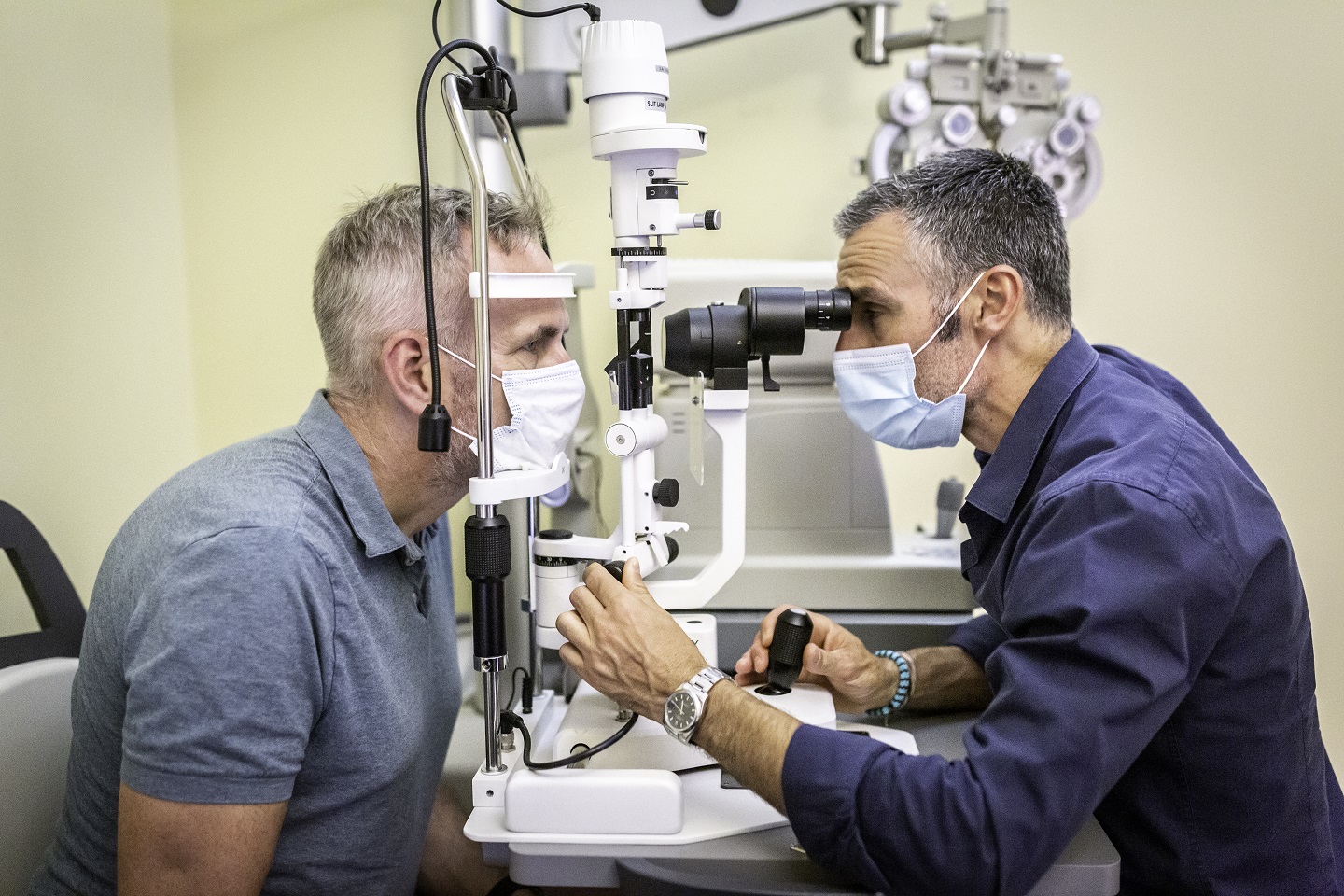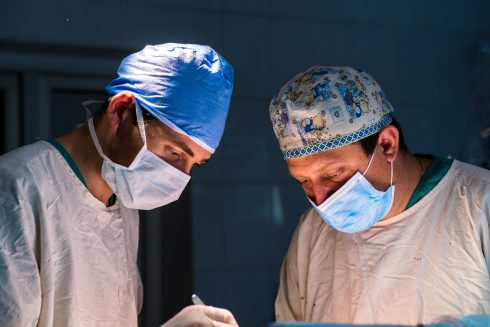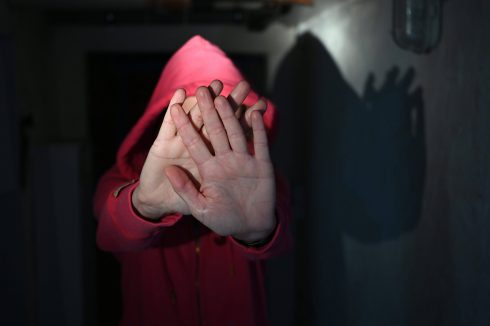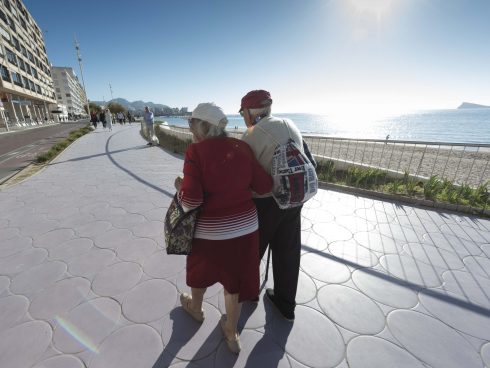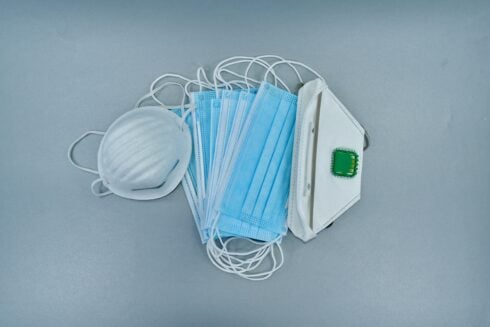EXPERTS are urging people to learn about glaucoma and have regular eye checks to help protect their vision from glaucoma – one of the leading causes of blindness in the world.
According to the World Health Organsation (WHO), glaucoma is the second cause of blindness globally, after cataracts. The Bright Focus Foundation reported that about 80 million people were suffering from glaucoma worldwide in 2020, and this number is expected to increase to over 111 million by 2040.
However, new research conducted to mark World Sight Day (October 13) by Specsavers shows that almost half of the people surveyed (48%) don’t know what glaucoma is. This survey also revealed worrying misconceptions around glaucoma, with 42% of respondents not worrying about it because they think ‘it’s rare’ and 40% of respondents wrongly believing that it can be cured.
This lack of awareness and knowledge is compounded, as due to its gradual onset, many people don’t realise they have the condition before it is too late. That is why this World Sight Day, Specsavers Ópticas is sharing real-life examples of how glaucoma is affecting people in Spain, raising awareness of what to look out for, as well as the importance of regular eye tests.
What is glaucoma?
Judith Borland, Director of Specsavers Ópticas in Fuengirola, says: “Glaucoma is a common eye condition where the optic nerve, which connects the eye to the brain, becomes damaged. It’s usually caused by fluid building up in the front part of the eye, which increases pressure inside the eye.
“Glaucoma can lead to loss of vision if it’s not diagnosed and treated early. But, although any vision which has been lost to glaucoma cannot be recovered, with early diagnosis, careful monitoring and regular treatment, most people retain useful sight for life.

“Unfortunately, it is a condition which often doesn’t have symptoms in the early stage of the disease, as we recently found with our customer Ian Elsby. Ian has been a customer since 2007 and during his first eye test there was no indication of glaucoma or high pressure. However, when he returned for an eye test in 2009, high interocular pressure (IOP) was measured. At that time, he had absolutely no symptoms, his vision was perfectly normal and there was no sign of damage to the optic nerve.
“As high IOP is one of the symptoms of glaucoma, we gave Ian a letter to take to his doctor and request a referral to an ophthalmologist at his local hospital. At this appointment he was diagnosed with glaucoma and given drops to use at night to control his eye pressure. Fortunately, he was diagnosed at an early stage and still maintains very good vision.”
Ian adds: “I was just going to the opticians to check if I could wear contact lenses, so I had an eye test, even though I’d only had one six months previously. I had no symptoms and my vision was fine and as far as I was aware, I had no family history of glaucoma. So, I was shocked to be told that I could be suffering from glaucoma! I didn’t really know about what that was, or understand what the outcome could be, until the team explained the severity of the condition. Once I knew it could cause blindness, I was so happy that they identified it at such an early stage.
“I will be forever grateful for the care and professionalism of the team at Specsavers Ópticas in Fuengirola. With their help my condition was identified early and is now under control. If you haven’t had your eyes tested for a while, I would recommend regular checks to confirm the health of your eyes. Even if you feel no symptoms of poor sight.”

Francisco Jurado, Director of Specsavers Ópticas in La Zenia, Torrevieja and Guardamar, says: “Glaucoma can lead to permanent loss of vision if it’s not diagnosed and treated early, as a customer at our La Zenia store sadly found out.”
Douglas Addison, who had a family history of glaucoma and was first diagnosed with it 10 years ago, noticed he was losing his peripheral vision last year – a common sign that the glaucoma is permanently damaging sight.
He booked an eye test at Specsavers Ópticas in La Zenia and the optometrist found that his eye pressure was extremely high. They urgently referred Mr Addison to hospital where they confirmed his diagnosis and performed a surgical procedure to stop the glaucoma getting worse.
Unfortunately, he lost 75% of the vision in his right eye. But Mr Addison remains very grateful to the team at Specsavers Ópticas in La Zenia for the referral, and the surgical team who stopped him losing vision in both eyes.
Mr Addison wants to tell his story for World Sight Day to raise awareness of the importance of regular eye tests, not simply to see if you need glasses, but to check the health of your eyes and protect your vision.
He says: “I knew I had glaucoma and my father had it too, but it wasn’t causing me any issues until I noticed a loss of my peripheral vision. I went straight to Specsavers Ópticas in La Zenia, as I know they offer comprehensive eye tests, and they told me that my eye pressure was really high and that I should take their referral letter to A&E straight away.
“At the hospital they moved quickly, and I had an operation on the area behind my tear duct, called the Schlemm canal, to lower intraocular pressure. This operation will stop the glaucoma getting worse, but unfortunately there is no way to restore my sight.
“I have lost 75% of my vision in my right eye and am left with permanently hazy vision. It’s difficult to describe, but it’s like when you’ve been in the sun and walk into a dark room and your eyes feel hazy and unfocused. I have that all the time!
“I would say to anyone who hasn’t had their eyes tested before, or hasn’t had their eyes tested for a while, please do it. It is very, very important. Vision loss can happen to anyone, so don’t take your sight for granted.
“I’d also like to say a big thank you to the team at Specsavers Ópticas in La Zenia. If their optometrist hadn’t sent me to A&E, I would be blind. While I did lose sight in one eye, I can lead a full life and am so grateful that with the operation and treatment my vision won’t get worse.’
Are there any warning signs?
Ms Borland says: “There are two types of glaucoma. Chronic glaucoma and acute glaucoma. With chronic glaucoma, the visual loss can initially be very subtle and occurs just beyond your central vision, progressing slowly inwards towards your central vision and outwards into the periphery. Most patients will not be aware of this visual loss due to the way the eyes visual fields overlap, compensating for one another.
“The way this is detected by your optometrist is through the use of a visual field test. During this test you will be shown a sequence of light spots and asked which ones you can see. Any very subtle blind spots, which you will probably be unaware of, can be an indicator of the condition.
‘”However, acute glaucoma is often sudden and painful and may present with other symptoms including blurred vision and haloes around lights.”
What are the risk factors? [4]
· Family history – The most common type of glaucoma, primary open-angle glaucoma, is hereditary. If members of your immediate family have glaucoma, you are at a much higher risk than the rest of the population – in fact family history increases risk of glaucoma by up to four times.
· Age – Glaucoma becomes more common with age. The risk of getting it rises from about two in 100 over the age of 40 to more than one in 20 for those aged 80+.
· Blood pressure – While very high blood pressure can lead to an increase in intraocular pressure, low blood pressure can lead to insufficient blood supply to the optic nerve which can also cause problems.
· Ethnicity – People of African-Caribbean and east Asian origin have a higher risk of glaucoma compared to those of European origin.
How is it managed?
For many years, eye drops have been the most common form of treatment for glaucoma. They are used to decrease the amount of fluid in the eye, either by increasing the drainage of fluid out of the eye, or by reducing the amount of fluid that is made. However, other options such as surgery and laser treatment are available.
How to protect your vision for World Sight Day and beyond?
Ms Borland says: “My advice for World Sight Day would be to come for regular eye examinations every two years, every year if you have a family history of glaucoma. We take every precaution to make sure that the environment in store is a safe and reassuring place to be. A full eye examination only takes approximately 1/2 hour and could save your sight. Don’t be afraid to come!”
Optometrist Gloria Pujol from Specsavers Ópticas in Santa Ponça says: “Eye tests are important health checks as they can spot a number of health conditions and issues before symptoms are experienced. We regularly spot signs of cataracts, glaucoma, diabetic retinopathy and age-related macular degeneration and more during eye tests.
“For example, I saw a pregnant customer some time ago who came to us as she noticed that her glasses were not correcting her vision as they used to. I carried out diagnostic tests and observed changes in both retinas. When I referred her to a doctor due to these changes, they detected an aggressive diabetes associated with pregnancy, and were able to control it so that she could give birth safely to a healthy baby. For World Sight Day I’d like to advise people to ensure they are eating healthily and having their eyes checked every two years to protect their vision and their health.”
Store director in Mallorca Andres Roman Romero agrees that it’s key to have a regular eye test, but adds that you should make sure that your optician includes digital retinal photography in the test, as this technology enables them to take a picture of the back of the eye and identify signs of many different health conditions in their early stages.
Dispensing Optician Marc Ramos’ advice is to not forget to protect your eyes from the sun by wearing good quality sunglasses with the maximum UV protection.
For more information or to book an appointment visit: www.specsavers.es
Click here to read more Health News from The Olive Press.

